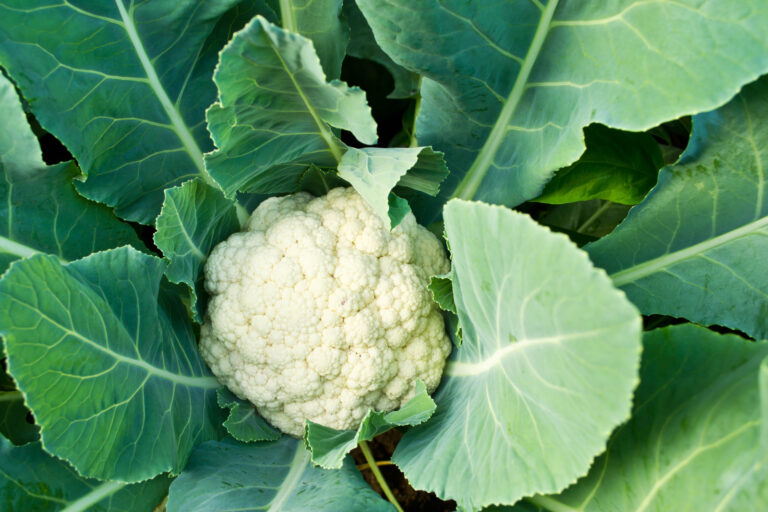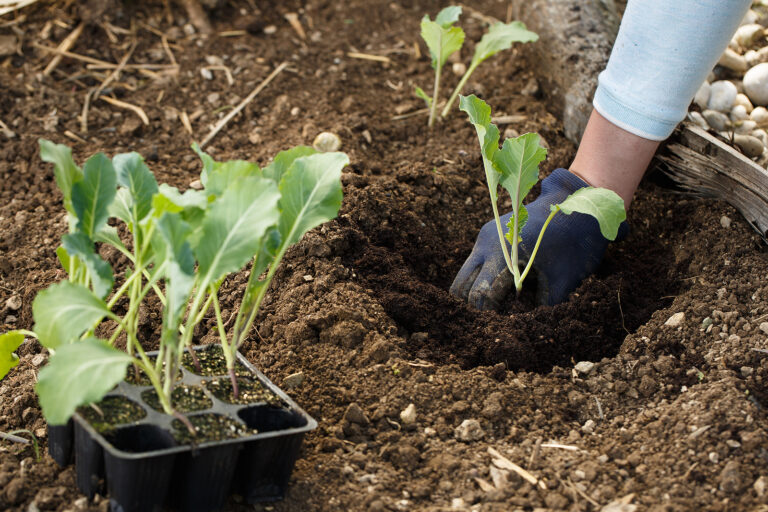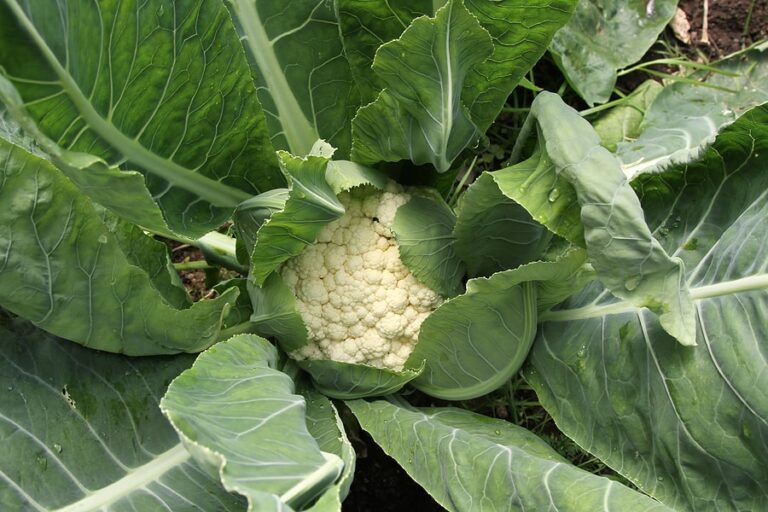Artichoke Care Throughout the Season: Pruning, Mulching, and Overwintering Tips
Artichokes aren’t difficult to grow, but they do need thoughtful, seasonal care to stay productive. After years of growing artichokes in Sonoma Valley—where winters are mild and summers warm—I’ve learned that managing these large perennials comes down to three essential practices: pruning, mulching, and overwintering. These steps keep plants vigorous, reduce disease, and help you harvest big, tender buds each year.
Here is a practical, experience-based guide for caring for artichokes from early spring through winter.
Early-Season Care: Clean, Feed, and Encourage Growth
1. Remove Old Growth in Early Spring
As new shoots emerge, prune away:
- Last season’s dead leaves
- Frost-damaged tops
- Weak side shoots
I usually leave 3–5 of the strongest shoots per plant. This simple early-season cleanup helps prevent disease and improves airflow as the plant begins its rapid spring growth.
2. Deep Mulch Early for Soil Health
Artichokes thrive in cool, moist soil in early spring. Apply 2–4 inches of mulch:
- Compost
- Shredded leaves
- Straw
- Old borage leaves (a favorite of mine)
Mulching early slows weed growth and helps maintain the even moisture that large artichoke stalks require to develop.
Mid-Season Care: Prune for Productivity and Plant Health
Mid-season growth can be enormous—sometimes 4 feet wide and 5 feet tall. This is when pruning becomes essential.
1. Remove Lower Leaves
As leaves age and sag:
- Snip off yellowing or cracked leaves
- Trim dying foliage at the base
This improves airflow, prevents disease, and redirects energy into bud production. In my garden, removing lower leaves midseason noticeably reduces aphid buildup.
2. Prune Spent Buds Immediately
Once you harvest the main bud:
- Smaller side buds will form
- Pruning the central bud signals the plant to produce more
I’ve consistently seen bigger secondary bud clusters when I remove the main bud early, just as the bracts begin to loosen.
3. Keep Mulch Fresh
Heat and irrigation break mulch down quickly. Replenish it to maintain:
- Moisture retention
- Fewer weeds
- Cooler root zones in summer heat
In Sonoma’s warm summers, mulch also prevents soil from crusting and baking.
Late-Season Care: Renew, Cut Back, or Prepare for Dormancy
By late summer or early fall, artichoke plants begin to decline. This is normal.
1. Cut Back for Regrowth (Mild-Summer Climates)
If summers are not extremely hot:
- Cut plants back to 8–10 inches tall in late summer
- Water deeply
- Add a fresh layer of compost
In my garden, this “reboot” often results in a tender fall crop of smaller but delicious buds.
2. Prepare for Dormancy (Hot or Dry Climates)
Where summers are long and hot:
- Allow plants to partially die back
- Keep roots alive with occasional deep watering
- Maintain mulch to protect soil
Artichokes naturally rest through heat; forcing continual growth weakens them.
Overwintering Tips: Help Plants Survive and Restart Strong
Overwintering methods depend on your climate. Artichokes are hardy perennials in zones 8–11, but gardeners in cooler regions can also overwinter them with protection.
1. Mild-Winter Regions (like Sonoma Valley)
This is where my experience is strongest.
Steps
- Cut plants back to 8–12 inches after the final harvest
- Pile 4–6 inches of mulch around the crown
- Keep soil only lightly moist through winter
- Avoid heavy feeding until spring
This simple routine carries artichokes safely through frost and occasional freezing nights.
2. Cold-Winter Regions (zones 6–7)
Gardeners here can still overwinter with extra care.
Protection options
- Cut plants back
- Surround crowns with 12 inches of straw, leaves, or compost
- Cover with a breathable frost cloth or overturned crate
- Uncover in early spring once frost danger passes
Many northern gardeners also dig up root balls, store them in a cool garage, then replant in spring.
3. Very Cold Regions (zone 5 and colder)
Treat artichokes as annuals unless you’re willing to lift and store them.
Storage method
- Dig roots carefully
- Shake off excess soil
- Store in slightly damp peat moss or sawdust
- Keep at 35–45°F in darkness
- Replant after last frost
This method mimics dormancy and protects crowns from fatal freezing.
Final Thoughts
Seasonal artichoke care—from early pruning to deep mulching to thoughtful overwintering—keeps plants vigorous and productive year after year. In my experience, the combination of steady moisture, clean lower foliage, and a generous layer of mulch makes the biggest difference. With a little seasonal attention, artichokes become some of the most reliable and rewarding perennials in the garden.
Artichoke Learning Hub
Start here: How to Plant and Grow Artichokes: A Complete Guide – Full overview combining planting, care, and tips.
1. Planning and Varieties
- Best Artichoke Varieties for Home Gardeners – Choose the right variety for your climate and garden space.
- The Best Growing Conditions for Artichokes: Climate, Soil, and Sun Requirements – Understand the ideal environment for strong growth.
- The Best Companion Plants for Artichokes – Maximize productivity and garden health through smart plant pairings.
2. Starting Artichokes
- How to Start Artichokes From Seed: Indoor Sowing, Transplanting, and Timing – Begin your artichokes indoors for an early start.
- How to Plant Artichokes the Right Way: Soil Prep, Spacing, and Transplant Tips – Ensure proper planting for vigorous growth.
- When to Plant Artichokes in Your Garden: Cool-Season Timing for Every Climate – Align planting with seasonal windows.
- Artichoke Planting Calendar: Month-by-Month Guide – Reference for planting, care, and expected harvest times.
3. Care and Maintenance
- How to Water and Fertilize Artichokes for Big, Tender Buds – Ensure strong growth and large, flavorful buds.
- Artichoke Care Throughout the Season: Pruning, Mulching, and Overwintering Tips – Seasonal care strategies for healthy plants.
- How to Overwinter Artichokes for Bigger Harvests Next Year – Protect crowns for larger next-season yields.
- How to Grow Artichokes in Containers: Soil Mix, Pot Size, and Seasonal Care – For gardeners with limited space.
- Artichokes Growing Problems: Troubleshooting – Identify and solve common issues for healthier plants.
4. Harvesting, Storing, and Cooking
- How to Harvest and Store Artichokes – Timing and methods for picking tender buds.
- How to Store and Preserve Artichokes: Refrigeration, Freezing – Extend freshness and flavor post-harvest.
- How to Cook and Serve Artichokes – Turn your harvest into delicious dishes.






